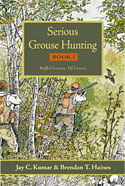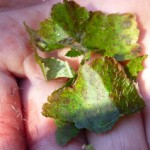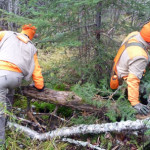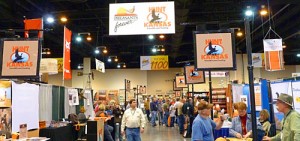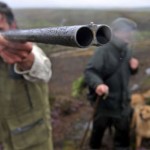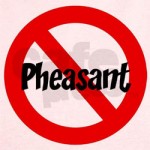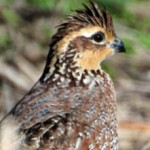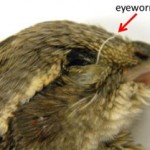Global Recession? Not On the ‘Glorious 12th’
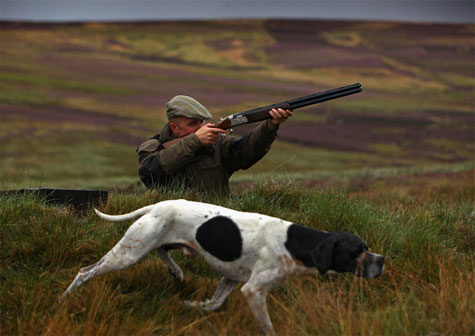
The “Glorious Twelfth,” as they say across the pond, is Aug. 12, the start of the red grouse season in northern England and Scotland. And if you make paper airplanes out of Benjamins, you’ll be enjoying it.
Some excerpts from this article in the UK’s Telegraph paper below. Hmm…80 mph fliers, eh?
> Next Friday is the Glorious Twelfth – the start of the grouse season – and most indications are that it will be a record one. Shooting parties will pay the highest prices ever, and the birds are predicted to be out in unusual abundance.
> Estate owners say the early days of the season are sold out – mostly to City types, the landowning aristocracy and wealthy foreigners. The vast majority of those heading out on the 12th will be self-made men – occasionally women – who are at ease with the money they have made and see a day’s shooting as an affirmation of their success.
> The price of a brace of shot birds [2 birds] is being quoted at between £150-£200, meaning that for this season’s typical party of eight guns, with accommodation, commissions, tips, ammunition and refreshments, the cost-per-day would exceed £50,000.
> This season will contribute an estimated £1.6 billion to the beleaguered economy. In other words, getting rich people to shoot the grouse bizarrely ensures their survival.
> To be on a grouse moor with a loaded shotgun at dawn on the 12th of August is to know the true meaning of exclusivity. There are only 610 such moors in the world – 450 in Scotland, 160 in England – and the people who can afford the privilege are rarer still.
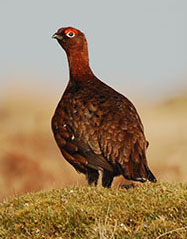 > “There is simply no experience comparable in life to shooting driven grouse,†says novelist James Fleming, a member of the celebrated Scottish banking family, who intends to be out on the 12th. “These are the fastest, most agile, most difficult-to-hit birds on earth. Shooting them requires hand-eye-brain co-ordination of a phenomenal order, and that is what makes it so thrilling.â€
> “There is simply no experience comparable in life to shooting driven grouse,†says novelist James Fleming, a member of the celebrated Scottish banking family, who intends to be out on the 12th. “These are the fastest, most agile, most difficult-to-hit birds on earth. Shooting them requires hand-eye-brain co-ordination of a phenomenal order, and that is what makes it so thrilling.â€
> An adult red grouse can hit 80 mph in a couple of wingbeats, but it is the surreal manner of its flying that makes it such a challenge. “These things defy the laws of physics,†says an occasional shooter. “They can fly vertically. They can fly sideways. The gamekeepers always say: ‘Shoot where it’s going, not where you see it,’ but the trouble is you haven’t a clue where it’s going.â€
> Among the few men in Britain who have really got the hang of this are the Prince of Wales – “one of the most elegant and accurate shots of his timeâ€, according to The Field magazine – and Lord James Percy, younger brother of the Duke of Northumberland, who is widely considered the world’s best grouse shot.
> Grouse shooting became an upper-class obsession in the second half of the 19th century. The difference in those days was that the moors shuddered under the weight of birds. A drive through the heather would send up walls of them, and even chaps who barely knew which end of a 12-bore to hold would go back to their antler-festooned lodges fully laden.
> Today, lagopus lagopus scoticus is in a heap of trouble. Although this year’s population forecasts are encouraging bordering on euphoric, the picture over the past decade or more has been one of steady decline. “This has been an extraordinary year for grouse in northern England,†says Dr David Barnes, Upland Research Director of the Game and Wildlife Conservation Trust (GWCT). “Probably an all-time record-setter by quite a margin.â€
> The real problem for the red grouse is its diet. Seventy-five percent of the world’s heather grows in Britain, and the red grouse eats nothing else. Even a slight change to its habitat therefore threatens the birds’ survival, and the moors have been changing fast. Global warming, the spread of parasitic ticks and the loss of moorland for forestry have come together as a perfect storm for the grouse.
Category: Red grouse, UK





